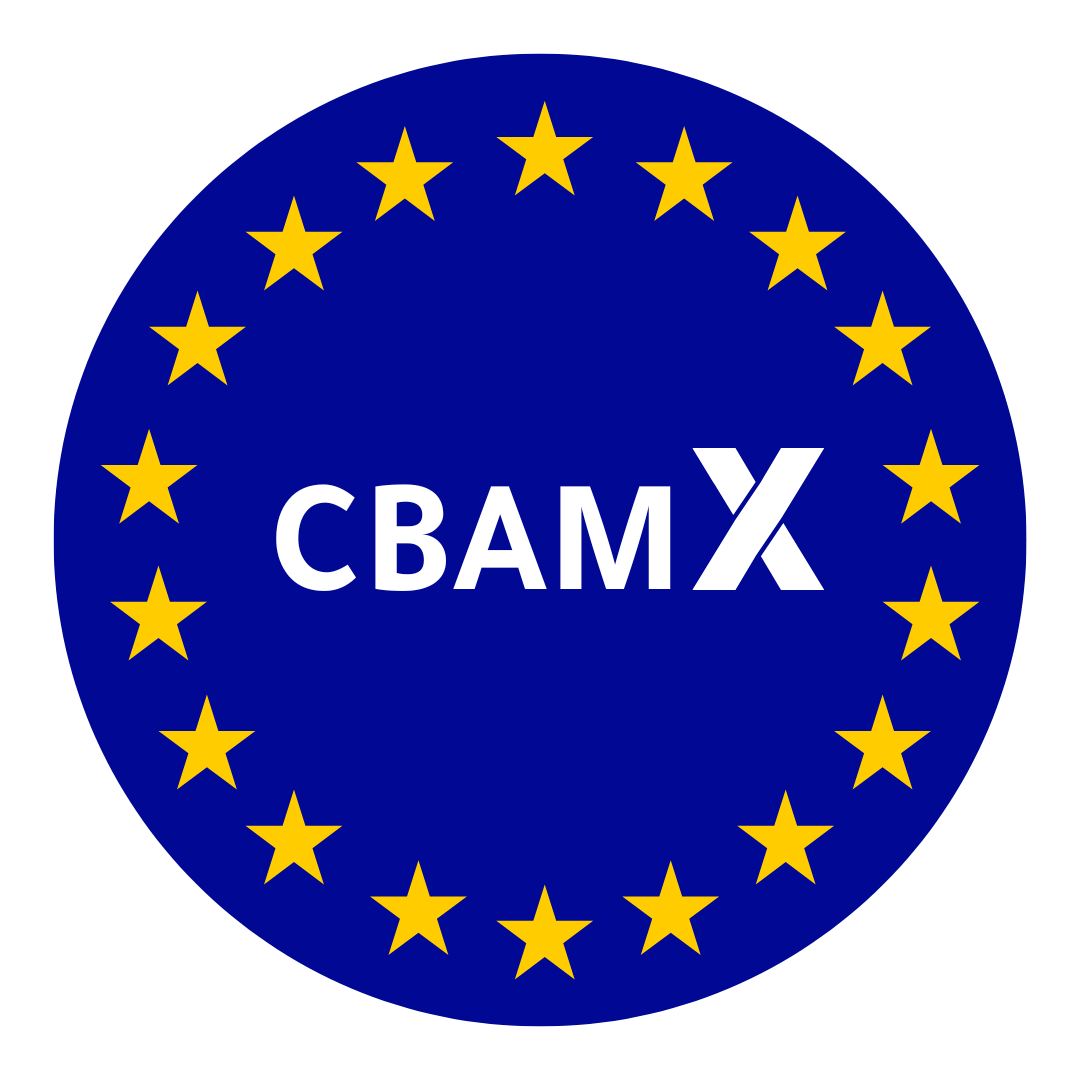As part of the European Commission’s Fit for 55 package, which aims to implement the European Union’s target of cutting greenhouse gas emissions by 55% by 2030, the Commission proposed the introduction of a Carbon Border Adjustment Mechanism (CBAM).
In this article, we will explore three key questions about the CBAM proposal.
Where does the CBAM come from?
So-called “border adjustment mechanisms” are not new. They have been discussed in economic and trade policy circles, and by academia, for a number of years.
There are various types of mechanism. What they all have in common is that they all aim to tackle the critical issue stemming from inconsistencies in the climate ambitions of the world’s trade blocks.
Interestingly, carbon leakage itself is not new in the EU either. It is already integrated in the European Union Emissions Trading Scheme (EU ETS). However, as the EU ramps up its climate ambitions, the risk of carbon leakage also rises, especially as the carbon price in the EU (EU ETS allowances) has continued to increase over recent months.
This is why the CBAM was already mentioned by the Commission – although only as a possibility – in the December 2019 EU Green Deal communication.
The Commission consulted on various options for a CBAM in 2020, based on works by academia (eg a carbon tax at the border on imports, an extension of the EU ETS to importers). Eventually, the Commission has decided to go with a rather elaborate system linked to the EU ETS.
It is also relevant to note that the CBAM is designed to be a new revenue source for the EU budget, and this increases pressure on the Commission to push this forward – even though the actual expected revenue has turned out to be much lower than initially hoped (the impact study states EUR 2 billion per year).
What are the key concepts underpinning the CBAM?
Products covered by CBAM
The CBAM will initially apply only to a selected number of goods at high risk of carbon leakage, currently six sectors: iron and steel, cement, fertiliser, aluminium and electricity generation.
This list has surely disappointed a number of players who expected more sectors to be covered. The objective is to gradually extend the mechanism to other goods, for instance organic chemicals, which were left out in part because of the complex issues raised for calculating carbon emissions.
Geographies covered by CBAM
In principle, all non-EU countries will be covered by the CBAM. But, certain third countries who participate in the ETS or that have an emission trading system linked to the European Union’s system, will be excluded from the mechanism. This is the case for members of the EEA and Switzerland.
The mechanism
In summary, the mechanism works as follows.
- The CBAM applies to EU importers – so not to exporters established in third-countries. This reflects some political concerns, but also makes enforcement somewhat easier for EU authorities. This will be importers, or their representatives, when they declare goods at EU customs.
- By 31 May each year, these importers will need to:
- declare the amount of GHG emissions embedded in goods they have imported during the last calendar year
- surrender so-called certificates in an amount equal to these emissions. 1 certificate = 1 ton of CO2 equivalent
- To obtain these certificates, importers will need to buy them from national authorities, which will sell them for a price equal to the ETS price over the previous week.
- Importantly, there will not be a possibility to trade such certificates as is the case under the ETS. If an importer has too many, they can (with some limits) keep them for later or get a refund.
So far, this is quite straightforward. Now comes the more complex aspect: how do you calculate the so-called emissions of your products?
- Importers will need to calculate emissions of their products. So-called “embedded emissions” means that only “direct” emissions are taken into account (upstream emissions, emissions from processes) not indirect, downstream emissions linked to transportation or consummation of the goods.
- If the importer does not calculate actual emissions or makes mistakes, then the Commission will set “default values” for a given product, based on the worst performing 10% of EU sites for a given product or process.
- In practice, for goods coming from carbon-efficient third-countries, importers will want to use actual emissions, in order to avoid default values and allowing them to pay less for certificates. Declared emissions will need to be verified by an independent accredited verifiers.
- Finally, when surrendering certificates corresponding to these emissions, importers will be able to deduct the carbon price already paid in the country where the goods were manufactured. This is essential to ensure the fairness of CBAM and to incentivize third countries to step up efforts.
The bottom line is, this mechanism will be complex – and even more so since details will rely heavily on implementing regulations to be adopted by the Commission. This area will surely be ripe for dispute, and also for lobbying efforts as the adoption process for the CBAM regulation moves forward.
What is the expected timeline for adoption & implementation?
First, the regulation needs to be adopted.
- The CBAM is only at the proposal stage. It will only become final once both the European Parliament and Council adopt it. It is always hard to predict timelines but two years or more would not be surprising.
- This is a regulation, meaning that no transposition period will be needed because the regulation will apply directly at the Member State level. This should also limit the risk of frictions due to divergent interpretations across the EU.
Then, under the current draft (and this may change), the implementation is expected to occur in two phases.
- The good news is that there will be a transitional period from January 2023 to January 2026. During this time, importers will only need to report imported goods and related emissions on a quarterly basis (with some costs). However, there will be no need to purchase and surrender certificates. Only from 1 January 2026 will the certificate system become live.
- Before the end of the transitional period, the Commission is expected to present a report assessing the implementation of the CBAM. This may lead to an increase in the scope of goods as well as extending the system to indirect emissions.
Overall this means CBAM as we currently describe it is likely to change significantly during its adoption and implementation.

